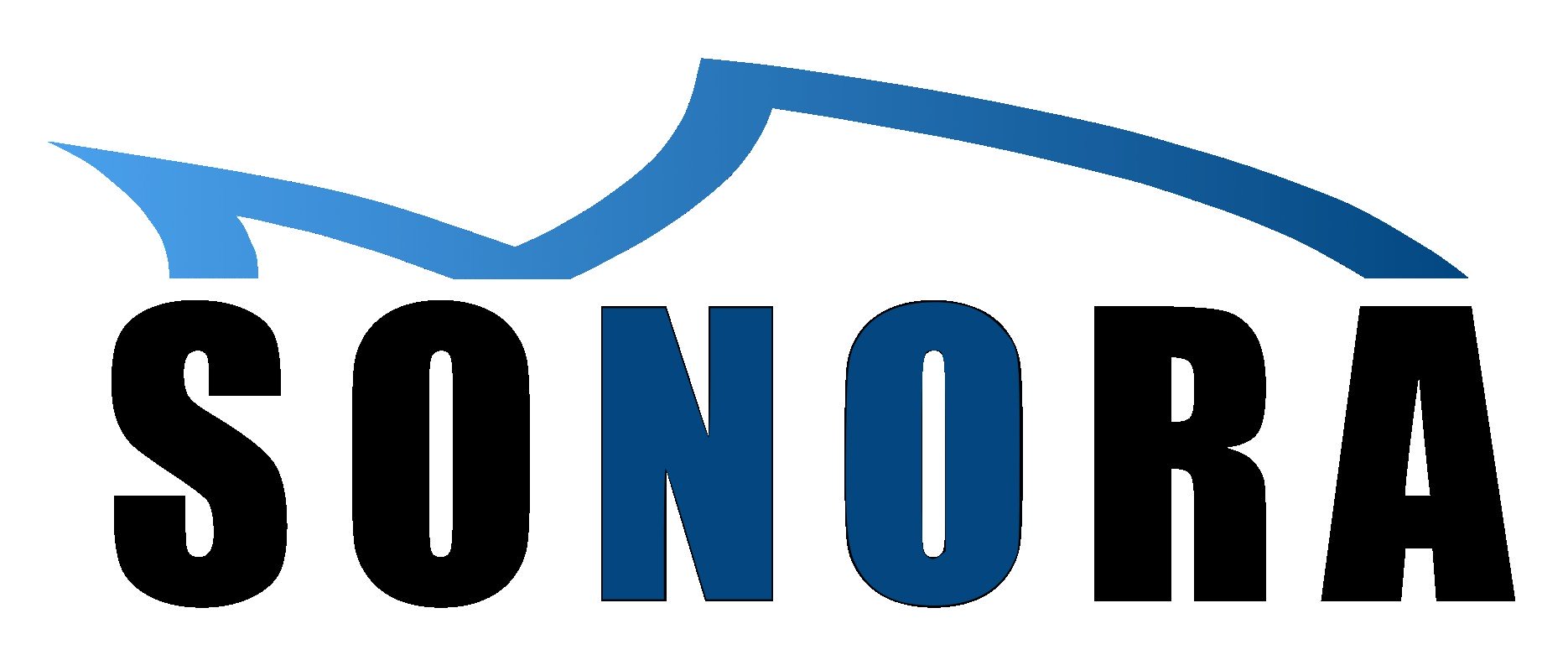
SONORA
Filling the gap: Thresholds assessment and impact beyond acoustic pressure level linked to emerging blue-growth activities
Emerging blue economy industries, such as marine aquaculture or seabed exploitation, have expanded in the last years. Adverse side effects associated with these activities should be considered to achieve sustainable blue growth in the future. Related activities, such as shipping, construction of marine infrastructures or seismic campaigns are causing a progressive and more rapid increase of noise levels in the marine environment. Despite the numerous studies conducted in recent decades on the impact of underwater noise on marine life, there is still a lack of knowledge and methodological procedures, and the results are often qualitative.
The assessment of quantitative thresholds for behavioral and physiological impacts on fish will be addressed in the Project. Most marine organisms, and in particular fish, detect sound primarily using particle motion. However, most of the performed studies addressed only pressure field effects. We propose deepening the knowledge about the relationship between particle motion and acoustic pressure field to evaluate the impact of both variables on fish. Anthropogenic noise generated by ocean-based industries will be characterized numerically and experimentally. Particle motion relationship with pressure is evaluated in situations beyond free field, considering shallow waters and reverberant environments. Knowledge about sources and sound propagation is the key for developing methodologies to evaluate noise impact on marine ecosystems.
SONORA wants to investigate noise impact on fish in marine aquaculture facilities, both in indoor tanks and offshore aquaculture cages. Noise effects on commercial aquaculture fish species are considered, focusing on physiological impacts on early development larval stage, where very few studies have been undertaken. Not only commercial species but also surrounding wild ecosystems around the cages are considered. Based on the results and the knowledge acquired, risk matrices will be developed.
Info

